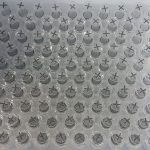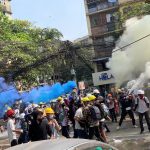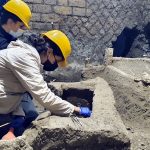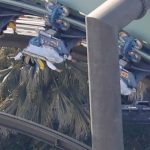A Portuguese volcanic island shaken by thousands of small earthquakes could witness an eruption like that of Spain’s La Palma, which destroyed thousands of properties over 85 days, experts have warned.
The island of Sao Jorge, in the Azores in the mid-Atlantic, has been hit by more than 20,000 small earthquakes, which reached a magnitude of up to 3.3, in the past 11 days.
The tremors could be the prelude to a powerful earthquake or a volcanic eruption, which would be the first since 1808, according to scientists at the region’s CIVISA seismo-volcanic surveillance centre.
Elderly people and those with reduced mobility have been evacuated from Velas, the western area of the island where most of the seismic activity has been recorded.
Hundreds of others have left the island out of fear. About 8,400 people live on the island.
“The magnitude of the earthquakes has reduced slightly… but the population must stay alert, they should not relax,” Eduardo Farias, head of Azores’ civil protection authority, said.
Lessons at a school in Velas have been suspended and some of the classrooms will be turned into a health centre.
Azores earthquake: Locals flee Portuguese island after thousands of earthquakes raise fears volcano could erupt
Indonesia: At least 11 dead and hundreds injured after 6.2 magnitude earthquake hits Sumatra
Crete earthquake: Greek holiday island hit by large 6.4 magnitude tremor sparking tsunami warning
Francisco Fonseca, president of Sao Jorge’s health service, said health workers with experience working in natural disasters have been sent to the island.
“This whole situation is a challenge,” he said.
“It is distressing and out of the ordinary.”
Sao Jorge’s sudden increase in seismic activity is similar to the earthquakes detected before the eruption of the Cumbre Vieja volcano on Spain’s La Palma last year.
Experts at the Canary Islands Volcanology Institute, which monitored the La Palma eruption, said about 20 million cubic metres of lava could be spewed out on Sao Jorge if an eruption takes place.
Luca D’Auria, director of Involcan’s volcanic surveillance department, said a soil deformation caused by the volcanic activity had been detected on the island.






















